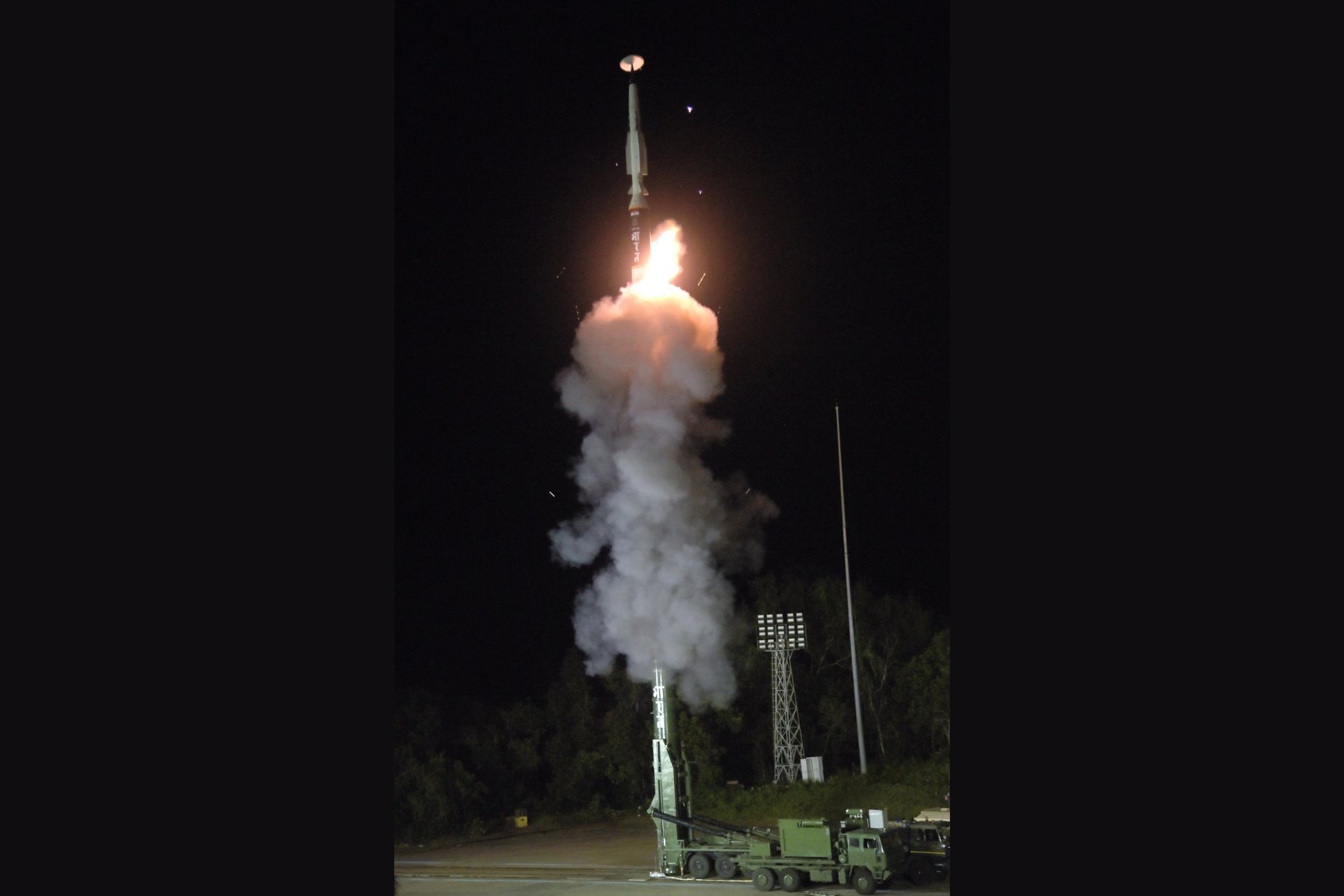Breaking News
India Successfully Tests First Long-Range Hypersonic Missile LRAShM.
On November 16, 2024, India marked an advancement in its defense capabilities by successfully testing its first long-range hypersonic missile, the LRAShM (Long Range Anti-Ship Missile). Conducted by the Defence Research and Development Organisation (DRDO) from Dr APJ Abdul Kalam Island off the Odisha coast, this test reflects India’s ongoing efforts to enhance its military technology. The missile is designed to carry various payloads over distances exceeding 1,500 kilometers, representing a key development for India’s armed forces.

The missile’s standout feature is its incorporation of a delta-wing hypersonic glide vehicle (HGV), which allows it to follow highly complex and adaptive flight paths (Picture source: DRDO)
The LRAShM (Long Range Anti-Ship Missile) marks a significant advancement in India’s missile technology and strategic defense capabilities. Designed for precision strikes at ranges exceeding 1,500 kilometers, the missile operates at hypersonic speeds surpassing Mach 5. This combination of speed and advanced guidance systems enables it to execute terminal maneuvers with exceptional accuracy, even against dynamic or heavily defended targets. Its low-altitude trajectory and high maneuverability enhance its survivability, making it a formidable addition to India’s arsenal in modern warfare.
The missile’s standout feature is its incorporation of a delta-wing hypersonic glide vehicle (HGV), which allows it to follow highly complex and adaptive flight paths. This capability provides greater flexibility and ensures its ability to bypass advanced air defense networks. Measuring approximately 14 meters in length and weighing under 20 tons, the LRAShM is configured for launches from both land-based platforms and naval vessels, making it a versatile tool for coastal defense, anti-ship operations, and long-range precision strikes.
Developed through extensive collaboration between the DRDO’s laboratories, including the Dr APJ Abdul Kalam Missile Complex in Hyderabad, and industry partners, the LRAShM reflects cutting-edge research in hypersonic technology. Its advanced navigation and targeting systems allow it to carry a range of payloads, tailored to meet the operational requirements of all three branches of India’s armed forces. This adaptability underscores its strategic value in addressing diverse mission profiles.
India’s investment in hypersonic technology forms part of a broader effort to counter regional threats and enhance its deterrence against adversaries, particularly Pakistan and China. The LRAShM complements other missile systems, offering a multi-platform approach that includes naval ballistic missiles and cruise missiles developed through international collaborations. These efforts highlight India’s intent to diversify its delivery systems while maintaining alignment with its minimum deterrence doctrine. However, advancements such as multiple independently targetable reentry vehicle (MIRV) technology suggest India’s defense strategy may be evolving to address the challenges of an increasingly complex regional security environment.
The successful test of the LRAShM underscores India’s growing expertise in hypersonic weaponry, joining a select group of nations capable of developing and deploying these advanced systems. By incorporating state-of-the-art technologies and leveraging domestic and international partnerships, India has enhanced its defense capabilities and strengthened its position in the global military landscape. The LRAShM’s success also reflects India’s ability to adapt to emerging threats and project power within a contested strategic environment.
This revised text condenses repeated ideas, uses a neutral tone, and adds focus to regional dynamics and India’s strategic posture in the Indian Ocean and South Asia. It maintains the comprehensive nature of the original while streamlining its flow for greater readability.


























